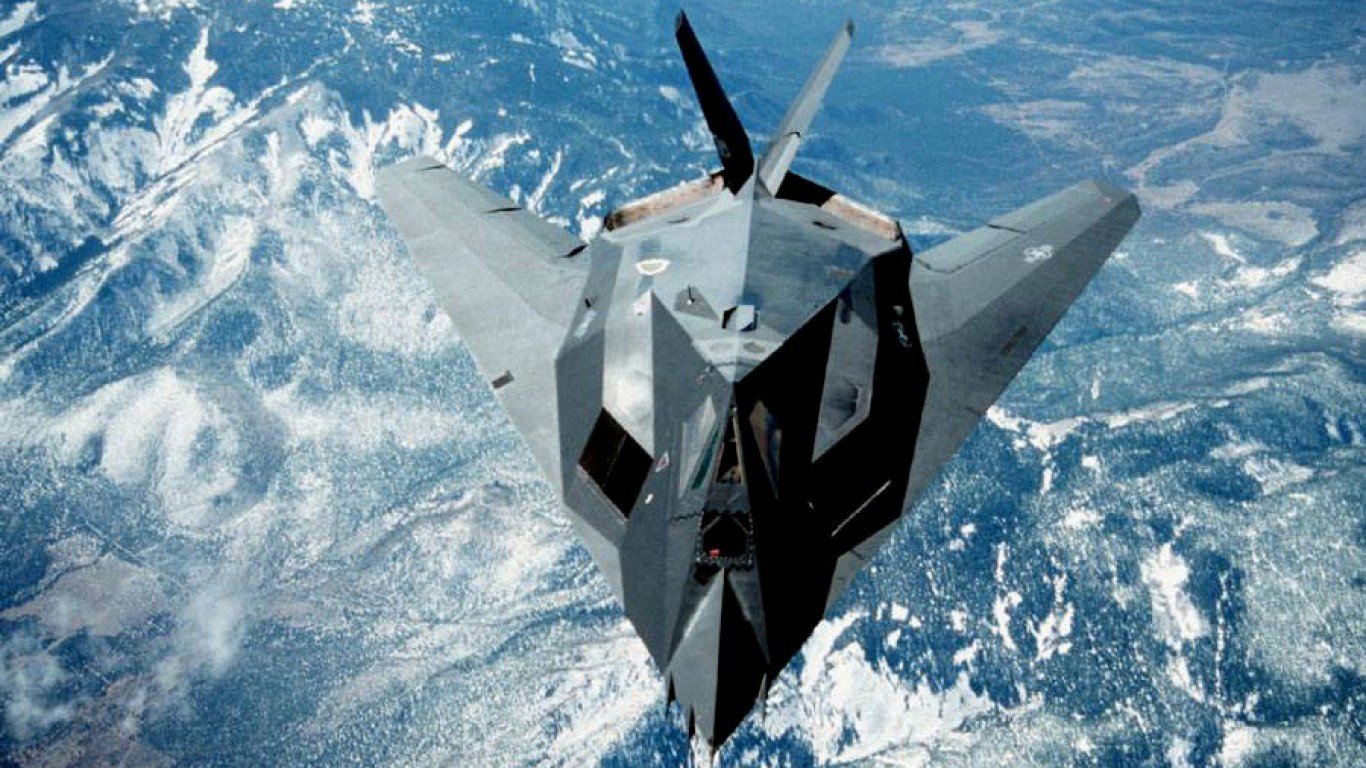
"Shortly after the Wright brothers' first successful manned flight in 1903, the potential military applications of aviation technology became increasingly apparent. In 1907, the U.S. Army established the Army Signal Corps, a small division devoted to aeronautics. By 1912, the Signal Corps had nine aircraft and an annual budget of $125,000-about $4 million in current dollars. Investment in the Signal Corps ballooned during the First World War, a conflict defined in part by the deployment of military aircraft for reconnaissance, tactical support,"
"In 1941, when the United States was drawn into World War II by the aerial attack on Pearl Harbor, it was clear that air power had evolved into an indispensable component of modern combat. During the Second World War, the U.S. produced tens of thousands of bombers, fighters, and transport aircraft to support the Allied cause. In the summer of 1945, the U.S. forced the last remaining Axis power to surrender unconditionally by deploying two atomic weapons using B-29 Superfortress bombers."
After the Wright brothers' 1903 flight, the U.S. Army established the Signal Corps in 1907 to pursue military aeronautics. By 1912 the Signal Corps had nine aircraft and an annual budget of $125,000 (about $4 million today). Investment grew during World War I as aircraft were used for reconnaissance, tactical support, and strategic bombing. During World War II the United States produced tens of thousands of combat and transport aircraft, and B-29 Superfortress bombers delivered two atomic weapons in 1945 that compelled unconditional surrender. By mid-century the U.S. Air Force separated from the Army, and the fiscal 2026 Defense Department request allocates nearly $159 billion for Air Force research, development, and procurement.
Read at 24/7 Wall St.
Unable to calculate read time
Collection
[
|
...
]